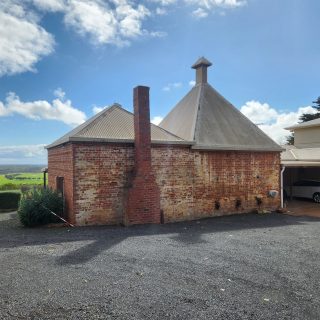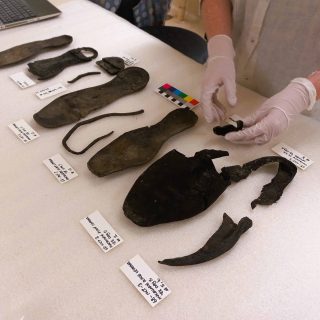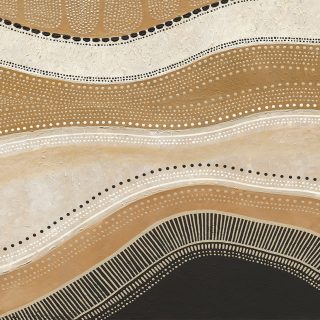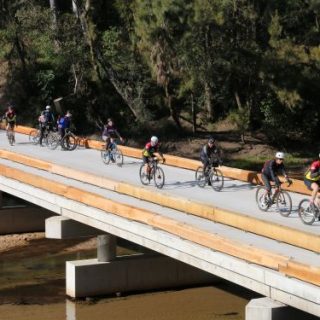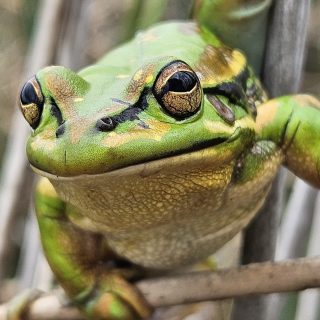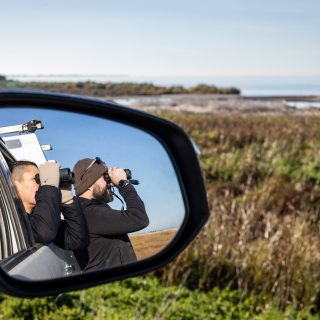Consultant Spotlight: Dr Jonathan Botha – Offshore Ecology Surveys Specialist
We recently sat down with Dr Jonathan Botha, Team Leader – Zoology (Victoria) and resident expert on marine predator ecology and telemetry tagging, to talk about his work in offshore wind, how he approaches data collection across diverse environments, and his advice for emerging ecologists.
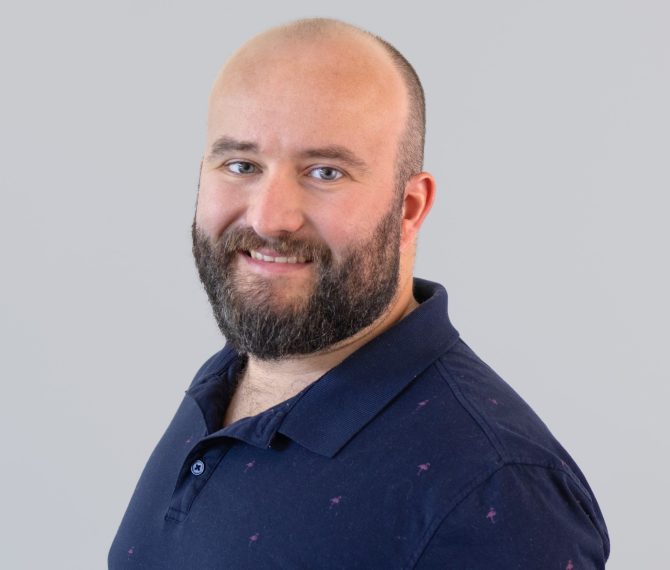
What led you into the field of ecology, and what areas have you come to specialise in?
I have always wanted to work with animals, so I went down the BSc route, majoring in Zoology and Botany. I got into the consulting space much later, following more of an academic path in research, and lecturing a variety of ecology units to undergrads. I’d say my primary area of expertise is in marine predator foraging ecology, particularly using telemetry methods on seabirds and seals. Telemetry is the process of collecting and transmitting data automatically from a remote source for monitoring and analysis.
My first introduction to the world of animal telemetry was during my Honours year at university. I took on a project that involved deploying GPS loggers on Cape gannets (the southern African cousin of our local Australasian gannet) at an island off South Africa. I was hooked from the word go and Honours, became a Masters (again working on Cape gannets), following which I decided to undertake a PhD on fur seal foraging ecology.
Towards the end of my PhD, I moved to Australia and had the opportunity to work on several islands in Bass Strait, deploying biologging devices on a range of seabird species as well as on Australian and New Zealand fur seals. It is also worth noting that during my postgrad years, I made a point of volunteering on a broad range of marine, aquatic and terrestrial projects to lend a hand to other postgrads and to gain as much experience as I could. I have always been especially interested in fish ecology and have taken every opportunity to jump in on fish-related research projects which has given me quite a lot of experience in that area and allowed me to work in some amazing places.
What’s one project at Biosis that you’ve particularly enjoyed working on, and what made it special?
There are way too many to pick just one. Some projects that stand out though have been those in the offshore wind energy space. These have often required spending time at sea (which is where I am the happiest) to survey for seabirds and mammals. I also find it exciting to be working on projects in such a new industry in Australia and ultimately being involved in collecting the baseline data that will go into informing the impact assessments for these developments. Another one that really stands out to me are the shorebird migration departure surveys we undertook in Corner Inlet during my first year at Biosis. Thousands and thousands of shorebirds coupled with a fantastic crew of people from Biosis and Monash University made for an amazing few weeks of survey. Honourable mentions also have to go to Frog surveys on the Murray River with Mark Venosta (my first big project at Biosis) and pretty much any work in the Alpine region as I’ve always enjoyed working up in that part of the world.
Consulting is so diverse which is probably what I enjoy most about working at Biosis.
You’ve worked across some very different environments, from the open ocean to freshwater systems. Are their any changes you have to make when approaching data collection methods?
Absolutely. The type of data collected and subsequently the methods we use vary a lot, so you really need to adapt to the system you are working in. As an example, sampling for macroinvertebrates and fishes in a 2-metre-wide alpine stream to understand more about the aquatic community is a lot easier than trying to understand seabird movements in relation to prey availability across a broad seascape.
I think it is important to have a good baseline understanding of the best methods available, but also to be innovative in your approach and seek new options whenever possible.
When planning a survey, what factors help you decide whether to use methods like telemetry, passive acoustics, or aerial observation?
It really depends on the question you want to address but also relies heavily on the financial constraints around a particular project. In the offshore wind space, we generally propose to use a combination of these methods because the reality is that each technique has its advantages and limitations. Using a range of different techniques means you cover all the bases, and these methods are often complimentary.
I should say that I have always been a big advocate for telemetry work because in my opinion, that gives you the most robust datasets, particularly for species that travel long distances and spend extensive periods out at sea. The downside is that biologging has always been one of the more costly survey techniques and a lot of staff-hours are often required to complete these projects. However, technological innovations in how devices collect, store, and transmit data, as well as novel strategies for approaching how we access and capture animals, means that cost-effective solutions are becoming more available.
What’s one piece of advice you’d give to emerging ecologists who want to work in the marine or aquatic ecology space?
Take every opportunity to learn something new in an area that interests you and always be teachable. Some of the most valuable lessons I have learnt and skills I have picked up have come from volunteering on projects that I found interesting and learning from experts in their field of research. I believe that if you align yourself with opportunities that interest you and if you are willing to learn from others you can pick up some amazing skills and ultimately this can open many doors in the future.
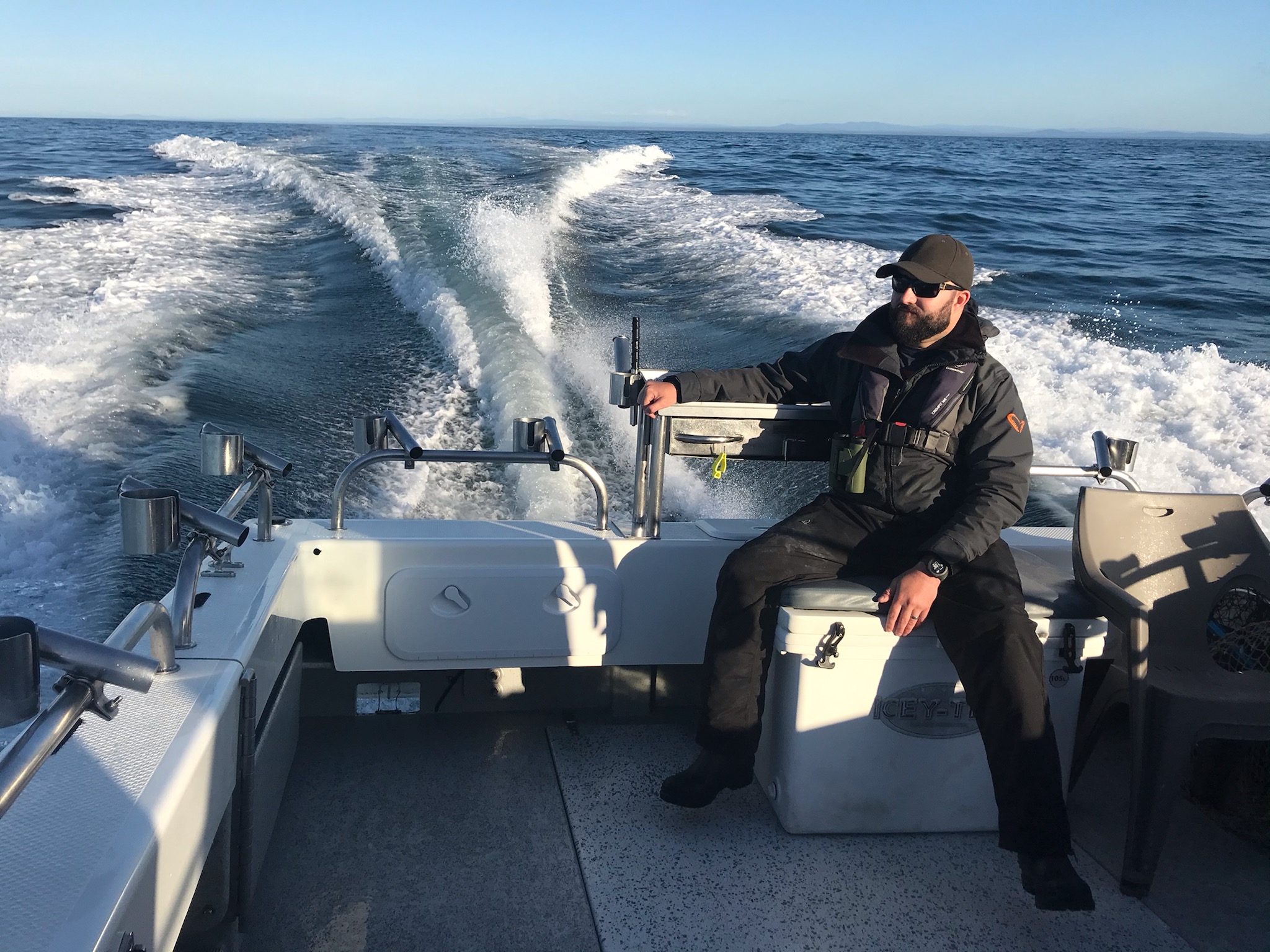
Jonathan completing offshore ecology surveys for the Star of the South project

